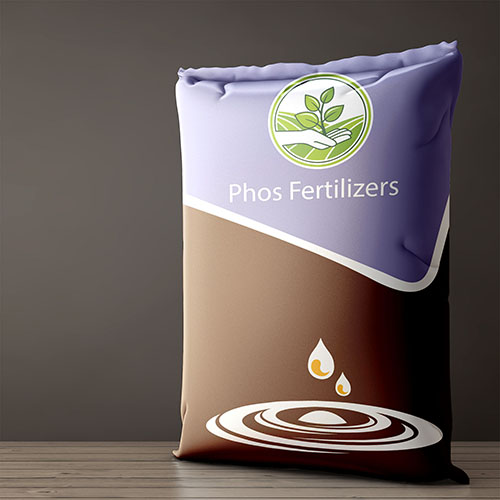Welcome to PhosFertilizers, we hope you will enjoy our products and have good experience
Phosphorus For Tomatoes
Phosphorus For Tomatoes

Liquid Phosphorus For Tomatoes , as its name gives away, is product that comes in liquid form. It is often applied by spraying over the ground or, depending on the substance being used, may be injected directly into the ground using special equipment attached to a plow towed behind a tractor. Some liquid Phosphorus For Tomatoes , called foliar Phosphorus For Tomatoes , also can be sprayed directly onto the leaves of the corn plants, which is designed to provide a quick uptake of nutrients by the plants.When it comes to feeding your crop, you want nutrients readily available when they’re needed. After selecting nutrient rates, your next decision is the vehicle you’ll use to fertilize your crop. granular Phosphorus For Tomatoes but unsure if this is the best option for your crops? After all, there’s also liquid Phosphorus For Tomatoes to consider. Both Phosphorus For Tomatoes types work very well, but there are differences that you have to think about to decide which is better for your use.According to Michigan State University and Penn State University Extension, granular and liquid Phosphorus For Tomatoes provide the same total amount of nutrients; the differences lie in crops’ access to nutrients, crop safety, consistency and ease of use. In terms of price comparison, granular urea cost 9% more than anhydrous ammonia and 6.5% more than liquid UAN in early February, according to Pro Farmer Inputs Monitor. During harvest 2016, Granular Phosphorus For Tomatoes is better than liquid Phosphorus For Tomatoes in terms of being more cost-effective in bulk, easy to store, and efficient for heavy applications. Because of its nature, granular Phosphorus For Tomatoes can reduce costs by up to 30% and is also considered the more environmentally friendly option compared to liquid fertilizer.
